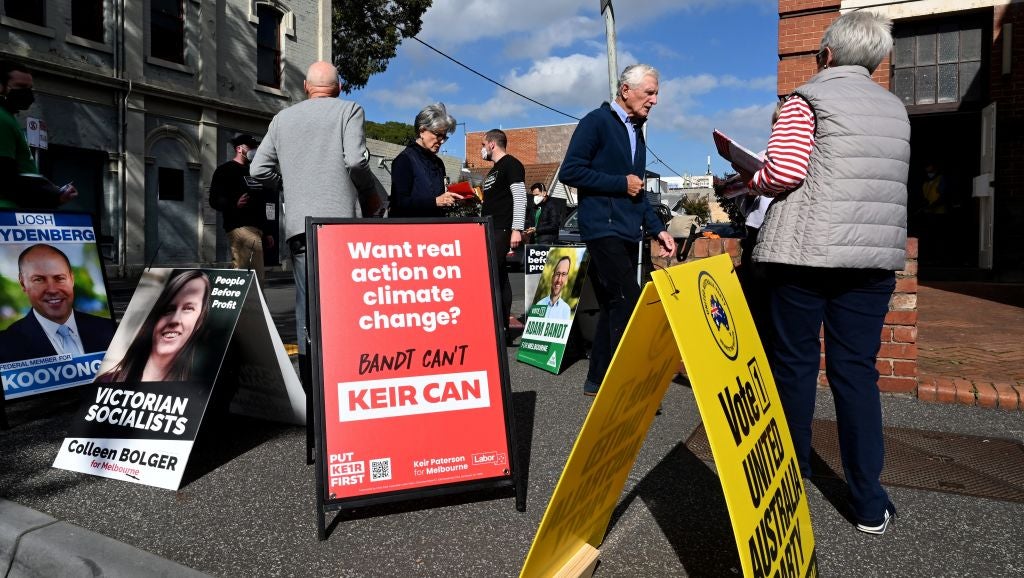The cost of living, healthcare, economy and climate change are among the policy areas that Australian voters see as a “top priority”, according to a study from the Australian National University based on a sample of more than 3,500 voters in April 2022. More than 50% of people selected climate change as a top concern, making it the fifth highest-rated concern heading into the 21 May 2022 federal election.

In a similar poll, climate change was even viewed as the most important issue in this election. The ABC’s Voting Compass asked almost 100,000 respondents about the issues they thought were most important, and 29% of respondents answered climate change, followed by the cost of living and affordability (13%) and economy and finance (13%). In April, the topic of climate change has been Googled more than ever before, and, according to a study by the Lowy Institute, six in ten Australians say that “global warming is a serious and pressing problem” that “we should begin taking steps [to address] now”.

Discover B2B Marketing That Performs
Combine business intelligence and editorial excellence to reach engaged professionals across 36 leading media platforms.
Australia is already experiencing the consequences of climate change with increasing surface temperatures and extreme weather events. At the end of 2019 and the beginning of 2020, the country saw unprecedented bushfires that devastated regions of the states of Victoria and New South Wales. These events are only expected to become more common as Australia is one of the countries most vulnerable to climate change.
However, despite the danger global warming poses to the country, the government led by Prime Minister Scott Morrison has not yet made any big steps towards climate goals. On the contrary, the independent Climate Action Tracker rates Australia’s 2030 climate target as ‘highly insufficient’. Australia’s climate target has not changed since 2015, aiming for a reduction of greenhouse gas (GHG) emissions of 26–28% below 2005 levels by 2030.
[Keep up with Energy Monitor: Subscribe to our weekly newsletter]
Although studies now indicate the increased importance of climate change as an election issue, it is unclear if voting behaviour will reflect this. The latest polls point to the Australian Labor Party and the Liberal Party of Australia as the two biggest parties in this election, despite both having policy platforms that are not in line with a 1.5˚C climate pathway.

US Tariffs are shifting - will you react or anticipate?
Don’t let policy changes catch you off guard. Stay proactive with real-time data and expert analysis.
By GlobalDataIn the run-up to the election, Berlin-based non-profit Climate Analytics examined the climate targets of Australia's political parties, looking at their future global warming implications. With just two parties having targets that are compatible with the Paris Agreement, Climate Analytics says “the results are stark”.
The Liberals have the worst climate policy, aiming to reduce GHG emissions by 26–28% by 2030. That is consistent with global warming of 3˚C, bordering on 4˚C. Labor is heading towards global warming of 2˚C, with a target of 43% emissions reductions. Only the Teal Independents and Australian Greens are in line with the Paris Agreement, with the former aiming for a 60% emissions reduction and the latter for 74% by 2030.



